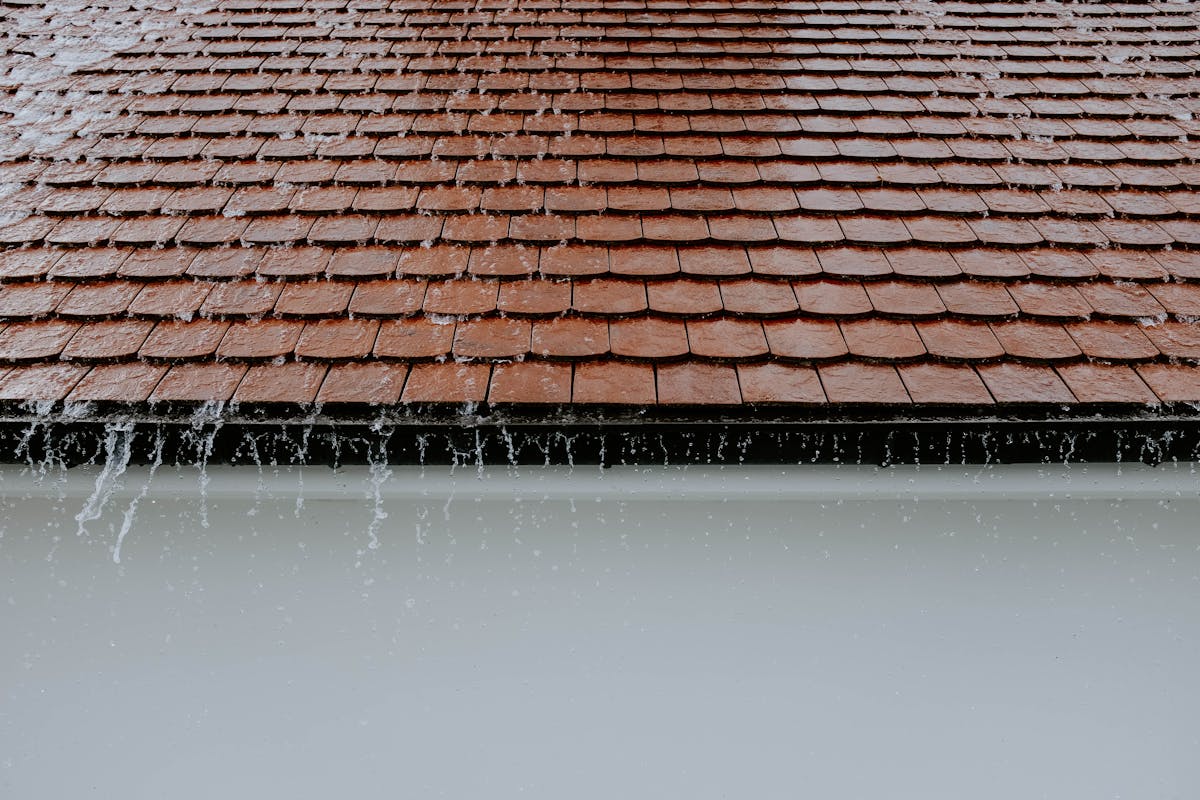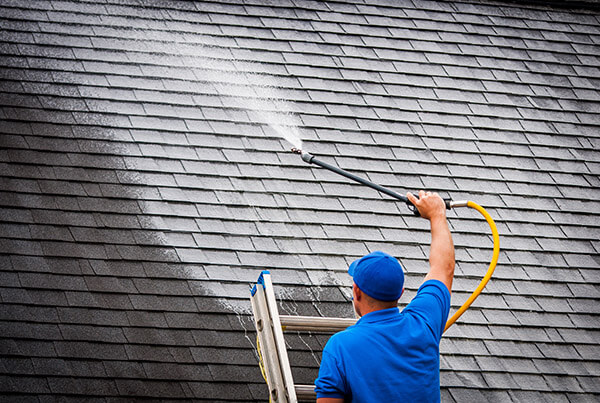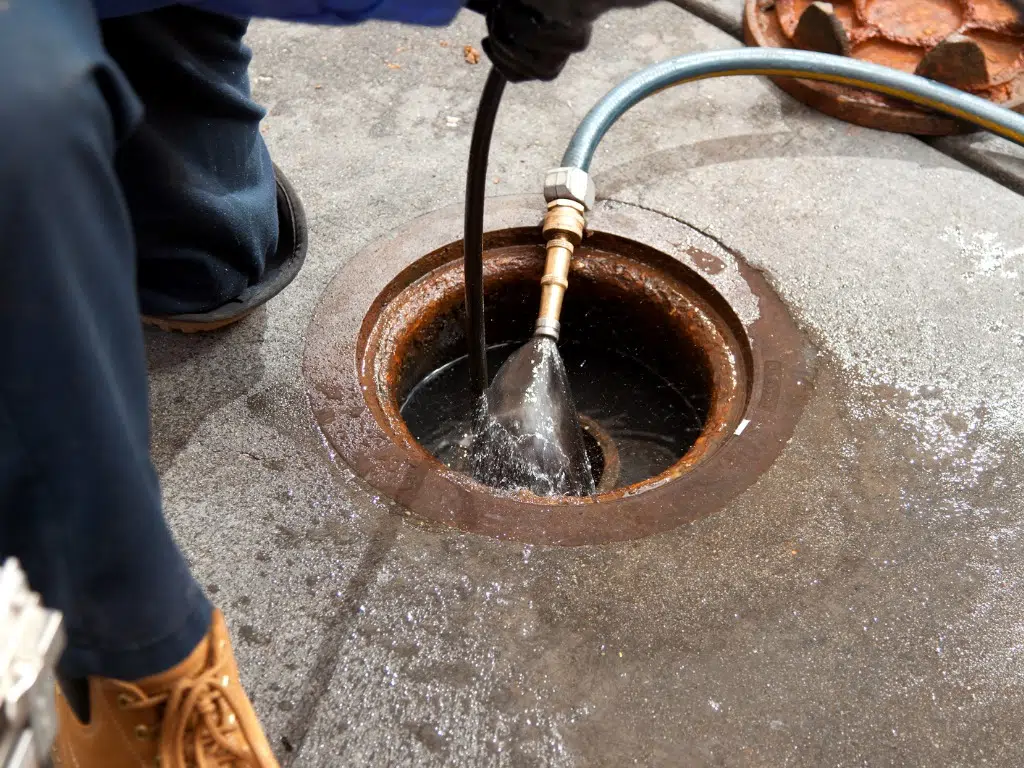Seepage through the basement floor and flooded yards are common problems for homeowners. These issues happen when water can’t drain away properly, leading to damage, mold, and messy landscapes. Installing a good drainage system can change all that. It protects your home, keeps your yard looking nice, and saves you money on repairs. Recent work in Downer’s Grove shows how transforming a yard with a strategic drainage plan can make a huge difference.
Effective Drainage System: No More Basement Floods
Why Proper Drainage Systems Matter in Your Home
Protecting Your Property and Boosting Its Value
Water damage is one of the biggest enemies of your home. Excess water can crack your foundation and cause mold growth inside the walls. Proper drainage helps move water away from the basement and foundation, saving you from costly repairs later. It also stops your yard from eroding or becoming a muddy mess. Plus, a well-drained yard looks better and is more usable. When your landscape stays dry, it’s easier to enjoy outdoor activities or plant a garden.
Common Drainage Problems Caused by Poor Planning
Many homeowners face issues like basement flooding, standing water in the yard, or uneven ground. These problems usually come from water flowing toward the house rather than away. Sometimes, rainwater from the street adds to the chaos. Without a proper plan, your house and yard can turn into an indoor and outdoor nightmare.
How to Install a Drainage System That Works
Step 1: Assess the Site and Identify Problems
Before digging, it’s important to understand how water flows on your property. Look for areas where water pools or soaks into the yard. Notice if your basement has cracks or seepage after heavy rain. In the Downer’s Grove project, they watched where water came in and found spots with deep dips and puddles. This helps plan where to place drains and pipes.
Step 2: Plan the Drainage System
Choose the right materials and design. For example, the project used NDS Easy Flow pipes and large catch basins. Map out how water travels from high points to the lowest spots. Connect downspouts to underground pipes so rainwater flows smoothly away from the house. Good planning saves time and money during installation.
Step 3: Prepare the Site
Start by removing roots, rocks, and debris that block water flow. Regrade the yard so it slopes away from the house—about a 2% slope is ideal. Use permeable gravel or soil to help water drain faster and keep the ground stable. These steps ensure the drainage system works effectively for years to come.
Step 4: Install Drainage Components
Place catch basins in low spots where water tends to collect. Connect downspouts from your gutters to these basins through underground pipes. Create “underground moats”—or pipes looping around the yard to carry water away efficiently. The project team also installed a Y drain system near the driveway for extra water control.
Step 5: Finish with Landscaping
Once everything is set, backfill the holes and level the yard. Plant flower beds, bushes, or grass to blend the drainage system into your landscape. Proper grading and planting will help prevent future pooling and keep your yard looking great.
Key Materials and Modern Techniques
Top Drainage Products
- NDS Easy Flow pipes: Flexible and durable under the yard
- Catch basins: Large, easy to clean, and placed at strategic points
- Sump pumps: For handling excess water that collects in low spots
- Y drains: To connect multiple water sources, like downspouts and street runoff
Latest in Home Drainage Tech
Newer systems focus on underground pipes and permeable materials, making water move faster without disrupting the yard. These methods often cost less long-term since they reduce foundation issues and maintenance needs. Opting for quality materials ensures your drainage system lasts for decades.
Benefits of Professional Drainage Installation
Protect Your Home’s Foundation
A good drainage prevents water from reaching your basement, avoiding cracks and mold. In the Downer’s Grove case, the new system kept basement seepage at bay, making the space dry and safe.
Enhance Yard Use and Appearance
A properly graded yard with no standing water looks much better. It becomes a place for family fun or relaxing outdoor time. Plus, it reduces erosion, maintaining your landscape’s shape.
Long-Lasting Results
Hiring experts for installation ensures everything is set up correctly. They can spot trouble spots and tailor systems to your yard’s exact needs, meaning fewer repairs later.
Maintaining Your Drainage System
Regular Checks
Inspect catch basins for leaves or debris. Flushing out pipes once or twice a year keeps water flowing freely. Keep an eye on yard grading, especially after heavy storms.
Fixing Common Problems
Clogs are common—remove blockages promptly. If pooling reappears, revisit your grading plan. Sometimes, regrading small sections restores proper slope and drainage.
Long-Term Care Tips
Schedule inspections to spot settlement or shifting that might disrupt flow. Keep gutters clean so downspouts remain connected to your drainage system. A little maintenance now saves big headaches later.
Practical Tips for Homeowners
- Frequently clear out downspouts and catch basins
- Regrade areas where water pools
- Use landscaping wisely; plant plants that help absorb excess water
- Contact drainage specialists for comprehensive advice and professional installation
Conclusion
Installing a proper drainage system is key to protecting your home and yard. It prevents basement flooding, stabilizes your landscape, and boosts your property value. Careful planning, quality materials, and professional help make all the difference. Maintain your system, stay alert to issues, and enjoy a safer, drier, and more attractive home environment. Proper drainage isn’t just an upgrade—it’s an investment in your property’s future.








